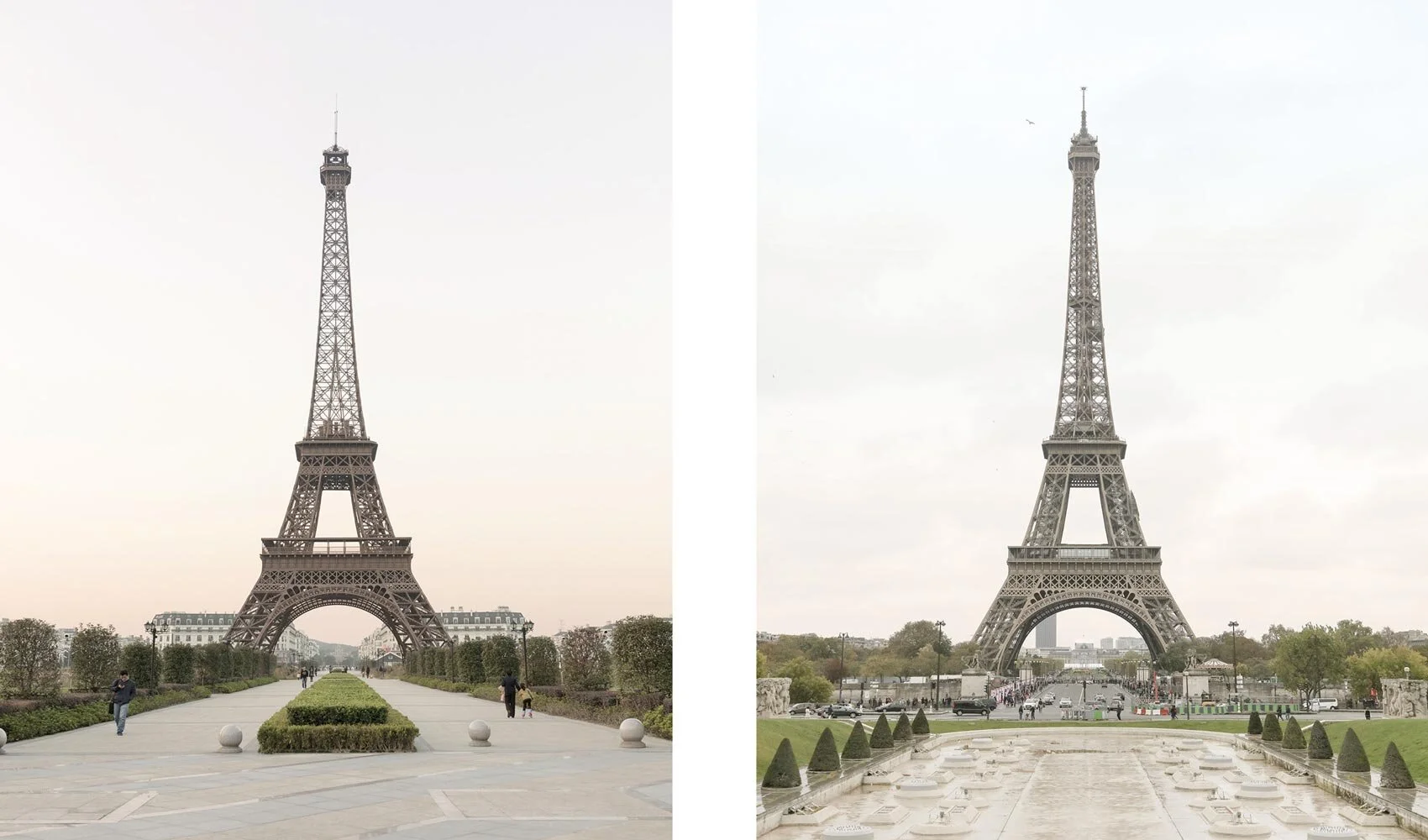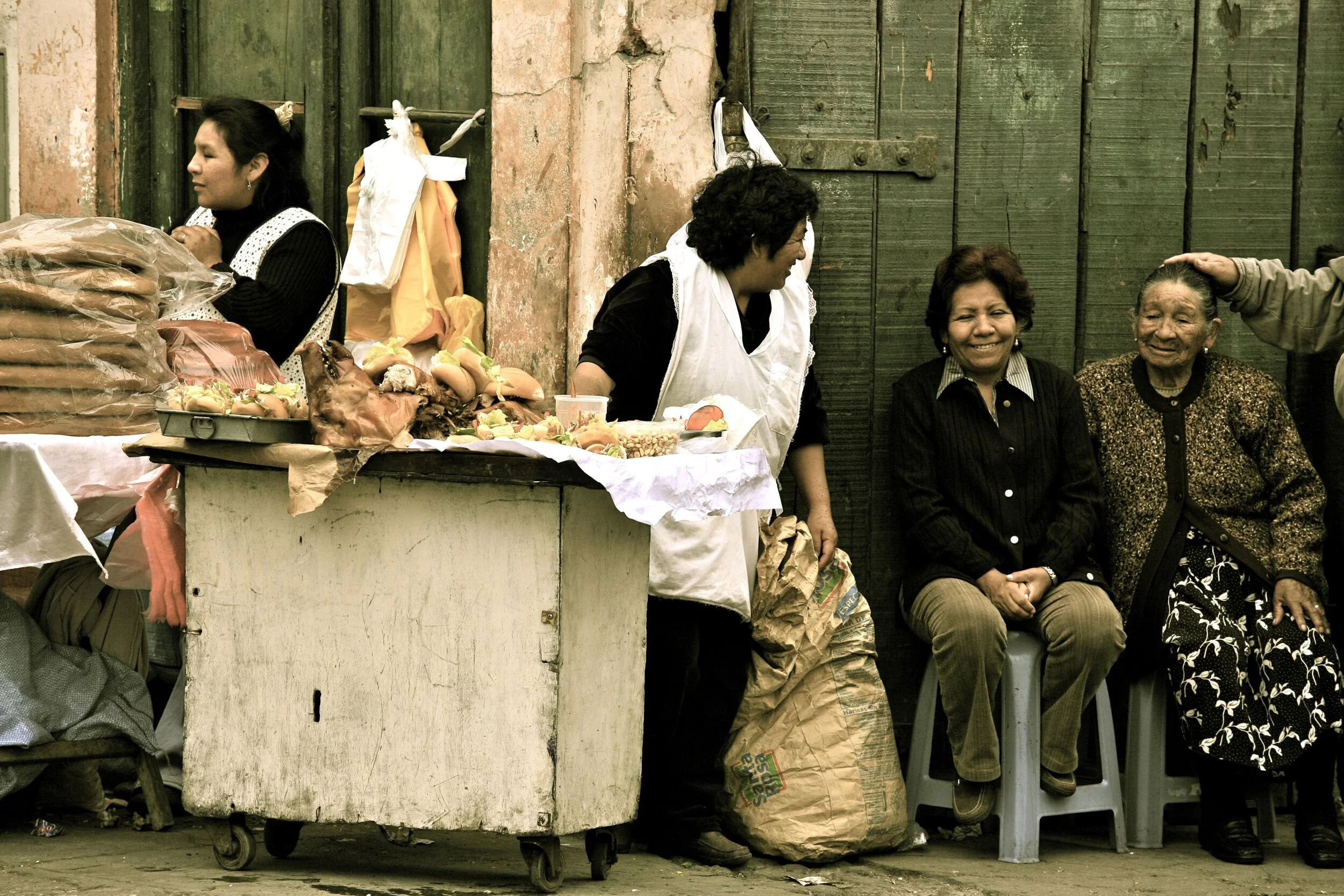DupliCITY: The Case of China’s Copycat Towns
Nestled in the Austrian Alps lies the picturesque town of Hallstatt. Its name, which translates loosely to “salt settlement”, is a reference to the salt mining and production that served as the primary economic activities in the region for hundreds of years. In the nineteenth-century, the area became popular among writers and artists, giving rise to a tourism industry that thrives on Hallstatt’s charming architecture, brine baths, and idyllic setting on the edge of a sparkling lake tucked into the mountains.
But Hallstatt is not unique. In fact, there is another town just like it.
In 2011, it was discovered that a Chinese corporation had been constructing a town in Guangdong Province that was a precise replica of Hallstatt, down to its church clock tower, marketplace, and historic wooden houses (to be sold off to wealthy investors). Under the guise of tourism, Chinese urban planners and architects had been visiting Hallstatt, Austria for years to take the measurements and photographs necessary to create blueprints of the town. By the time details were revealed, the development was nearly complete.
I first learned about Hallstatt (both the original town and the Chinese version) at a screening of Ella Raidel’s documentary Double Happiness at Hot Docs in 2015. Although the film itself only skims the surface of the topic, China’s copycat architecture serves as a great springboard for discussions of inspiration versus appropriation, organic versus artificial urban development, and cultural identity in an age of globalization.
In fact, Hallstatt is not the only Western city that China has sought to replicate. In 2001, Shanghai city planners announced a strategy called “One City, Nine Towns” to reduce overcrowding through the creation of themed suburban communities, each mimicking a different country’s aesthetic, from Britain to the Netherlands. Tianducheng, located on the outskirts of the city Hangzhou, is modelled after Paris and boasts a reproduction of the Eiffel Tower and a park based on the Garden of Versailles. There is something particularly off-putting about the statues that have been erected in the town - in Paris, they commemorate significant events in the city’s history, while their replicas in Tianducheng are virtually devoid of meaning.
These suburban developments initially appeared to flounder - nobody wanted to live there and they were frequently described as ghost towns primarily visited by young couples seeking exotic backdrops for their wedding pictures.
I can’t say that I found this particularly surprising. Hallstatt, Austria developed into the town it is today as a result of interactions between a specific set of cultural, economic, and environmental factors that played out over hundreds of years. You can’t simply transplant the physical elements of a community to an entirely different context and expect it to possess the vibrant character of the original.
But Bianca Bosker, author of Original Copies: Architectural Mimicry in Contemporary China, offers an alternative perspective. An expert on the phenomenon now referred to as “duplitecture”, Bosker recently visited Hangzhou’s copycat towns and found that although some are mostly deserted, others have managed to attract a sizeable population. She observed an interesting trend: while commercial and cultural activity in the towns was designed to emulate their European counterparts, local inhabitants had reshaped their surroundings to reflect Chinese preferences. In faux Paris, she discovered patisseries selling taro-infused cakes. In Thames Town, she found that pu’er tea shops and noodle bars had replaced many of the British-style pubs. With all the effort invested into molding these towns in the image of successful international cities, it was ordinary Chinese citizens who were able to construct a living, breathing community from a plagiarized foundation.
Cultural evolution often occurs through a process of cross-fertilization, as members of one society encounter and assimilate the ideas of another. Such interactions are a significant source of inspiration and innovation, but they are also the root of intense conflict. Drawing on the example of China’s copycat architecture, the following question remains: when does borrowing elements from another individual or community impede one’s own cultural development and when does it simply serve as a catalyst for creativity?
Header image courtesy of Francois Prost.





